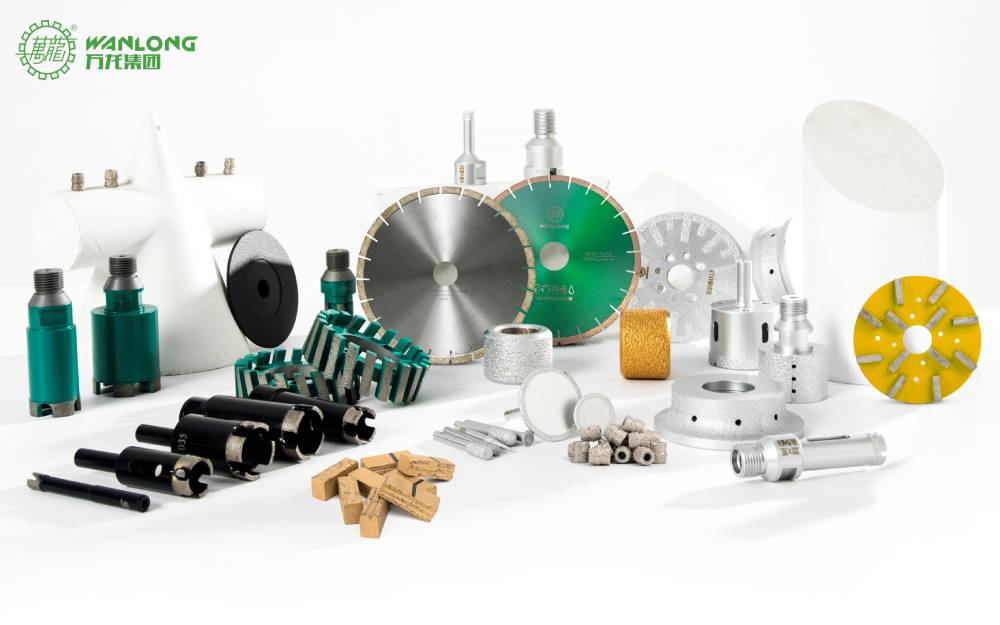Moreover, its thermal conductivity is relatively high, the grinding edge is sharp, the grinding ability is strong, the blockage is less, the roughness of the machined surface is good, the scratches and grinding burns are less, but the disadvantage is that it is easy to react with the iron group elements.


Diamond grinding wheels and products are mainly used to process all kinds of difficult-to-machine materials except iron group metals, such as stone, glass, cement products, refractory materials, ceramics, wood and hard alloys, ferrosilicon alloys and hard and brittle non-ferrous metal castings, etc. Physical properties of several abrasives:
It can be seen that compared with ordinary abrasives, diamond grinding wheels have the following excellent properties:
1) The abrasive grains have high strength, high hardness, and high abrasive grain durability.
2) High thermal conductivity and low grinding temperature.
3) Small thermal expansion coefficient and long service life.
Due to the excellent performance of diamond, it is widely used in cutting, grinding and other grinding industries and sawing, drilling and other tool industries. Diamond products include diamond tools and diamond abrasives.
Diamond grinding wheels are widely used in the grinding of cemented carbide, metal ceramics, cast iron, ceramics, gemstones, stone, ferrite, concrete, refractory materials, fiber-reinforced plastics and many other materials, and their scope and consumption are still increasing. Varieties include grinding wheel, oil stone, fine grinding disc, street grinding bar, etc.






